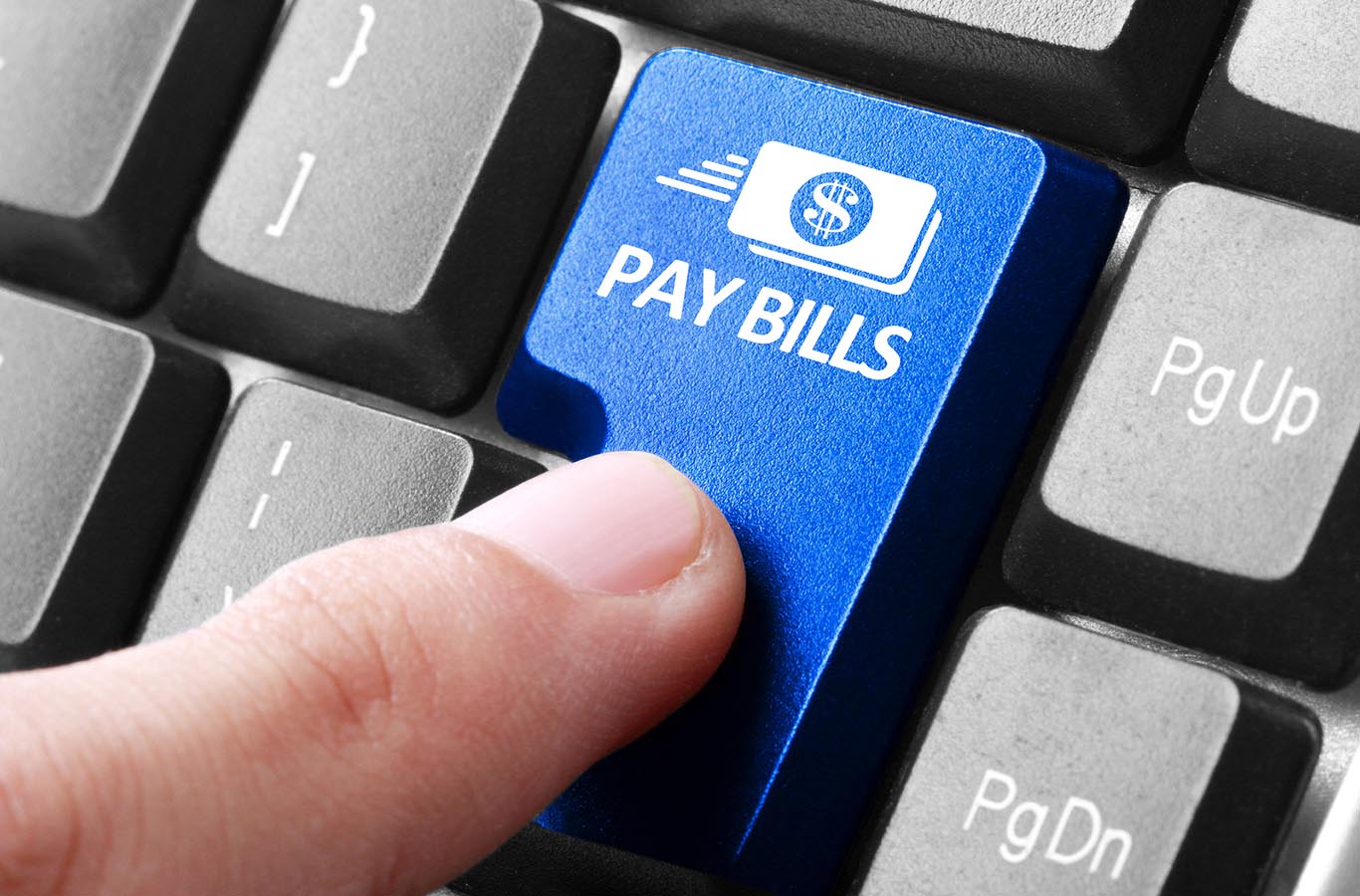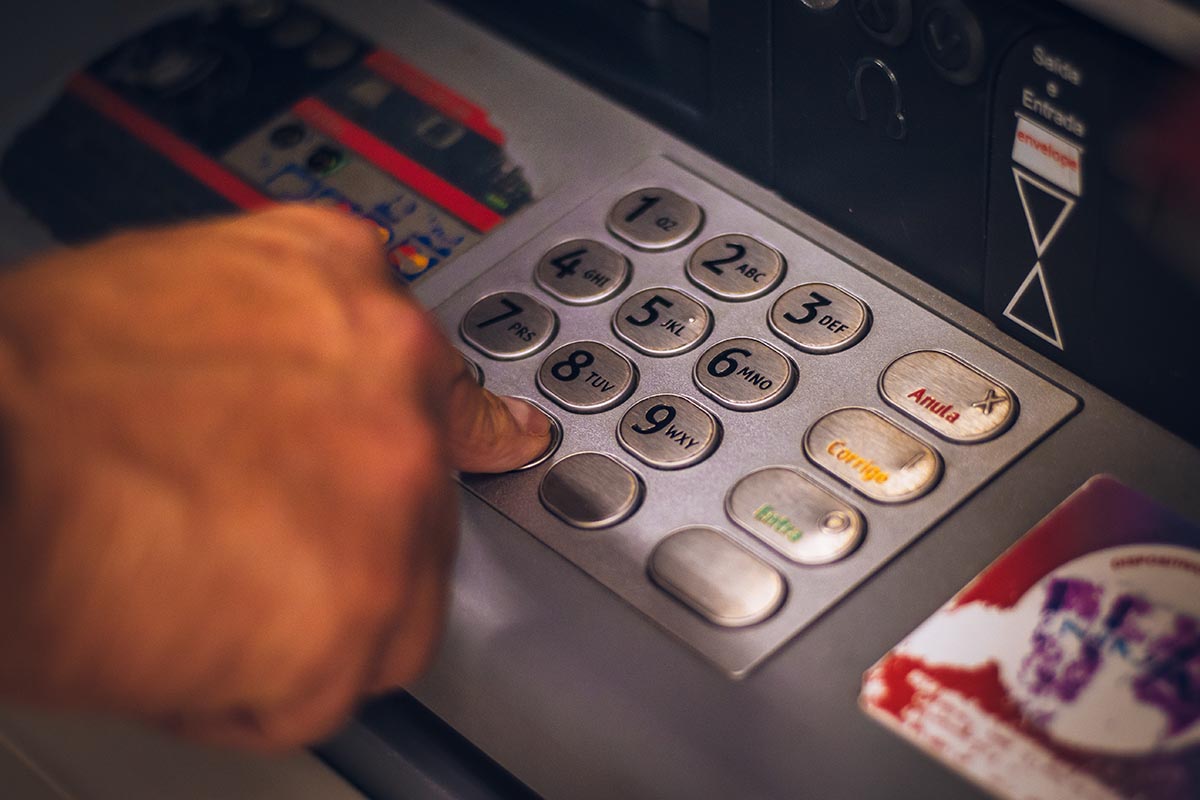Creating an Effective Accounts Payable Procedure
Have trouble managing your accounts payable? Read on to learn how to create an effective account payable procedure!
As a business owner, you already have a lot to deal with. Coming up with an accounts payable procedure is just one thing you can do to make your life easier.
No matter if you’re a solopreneur or CFO of a Fortune 500 company, everyone is under pressure to do more work with fewer resources.
Paying your bills can be costly. You have to take the time to gather all of your invoices and pay everything on time.
You could even be losing money by not taking advantage of pre-payment discounts or paying late fees. Read on to learn why you need to streamline your accounts payable and easy ways to do so.
What Are Accounts Payable Procedure?
In business finance, you’ll come across two terms: accounts payable and accounts receivable. These terms are often confused with each other, and there are similarities in how they appear on balance sheets.
The main difference is that one is a liability and the other is considered an asset.
Accounts payable is a liability because that’s money that’s owed to others, whether it’s payroll or other vendors for goods and services.
Accounts receivable is an asset because that is money owed to your company, usually from your clients, banks, or people you may have loaned money to.
Why Streamline Accounts Payable?

Do you know how much accounts payable costs your business every month? It seems like a trick question because all you’re taking into account is the dollar amount on the invoice.
The fact is, you need to account for your time, your staff’s time, and additional costs.
A lost paper invoice can turn into late fees or if it happens often enough, a delay in deliveries or services from a vendor.
That delay in services could cost you customers that you can’t win back. As you can see, your accounts payable is costing your business much more than you think.
That’s why you need to have an accounts payable procedure that’s streamlined and easy to manage.
How to Create an Accounts Payable Procedure
It’s not fun to have to worry about paying the bills for your business, but there are a number of ways you can take the stress out and get your bills paid on time.
Create a Payment Schedule
One of the things you need to do is to set aside time to handle accounts payable. You can do that once a week or every other week.
You shouldn’t have to handle accounts payable more than once a week. That’s a sign that you’re not very well organized.
If there are a couple of vendors that don’t fall into that schedule, give them a call and renegotiate the due dates for those bills.
Vendors are usually fine with making adjustments, as long as you stick to the new agreement.
If you absolutely have to take care of accounts payable more than once a week, then set up calendar reminders to make sure that an invoice doesn’t get lost through the cracks.
Spreadsheet Magic

Creating a spreadsheet for your accounts payable will help you create an accounts payable system.
Take all of your invoices that need to be paid and note in your spreadsheet the vendor, account, and invoice numbers, expense category, when the invoice was received, date due, and status.
You can then sort the spreadsheet by the date due to pay the most important invoices first. Keeping a spreadsheet of invoices helps you minimize payment errors.
Your company may pay the same amount every month to a vendor. If you find that there’s a sudden increase in your bills, you can reach out to that vendor for clarification and correction.
A spreadsheet can also help your business stay organized during tax season. You know exactly how your business spent money.
The downside to creating a spreadsheet and a schedule to process your payments is that you still have to take the time to manually enter paper invoices and keep those paper invoices in a safe spot.
Automate Everything

While spreadsheets can be magical tools to help keep you organized, they still rely on manual inputs and organization to make sure your bills get paid correctly and on time.
Your spreadsheets are still subject to human error if there’s a typo or anything else.
You need to consider lease accounting software like LeaseAccelerator and accounting programs.
In case you were not already aware, lease accounting involves managing contracts in which the property or asset owner allows another party to use the property or asset in exchange for money. Understandably, this is when working with a team of financial experts is strongly recommended to ensure that all of the necessary accounting standards are upheld.
Depending on what industry you operate in there is accounting software, like lease accounting software, that enables you to automate the process. Investing in accounts payable automation tools and software have upfront costs, but they will pay off in the long term.
A study by Spencer Commerce found that companies that automate accounts receivable cut costs by 90% and reduce invoicing errors by 37%. That’s a significant amount of savings for your business.
When your company receives an invoice from a vendor, your staff can just scan it and upload it to your system. All that needs to be done is approve them.
Data entry errors are eliminated and your business has a payment processing system that can save money.
For businesses that operate across borders, automation tools can be a massive cost saving because the right amount of taxes are calculated and accounted for.
Businesses that work with a lot of vendors can have tools available where vendors can access their accounts and update their contact information themselves.
If you want tips on how your business can automate accounts payable and choose the right automation tool, this software can help.
Pay Your Bills on Time

Business owners typically don’t like to think about bills.
What they do think of bills is that it’s a necessary part of doing business and they just need to get paid. They don’t realize that how those bills get paid can cost them much more than the dollar amount on the invoice.
The key to keeping those costs down is to create a accounts payable procedure that makes processing invoices easy.
This way, your business can take advantage of vendor discounts and reduce the chances of lost and misplaced invoices, which can result in added fees. For more great business tips, check out these articles on doing taxes and investment tips.




















